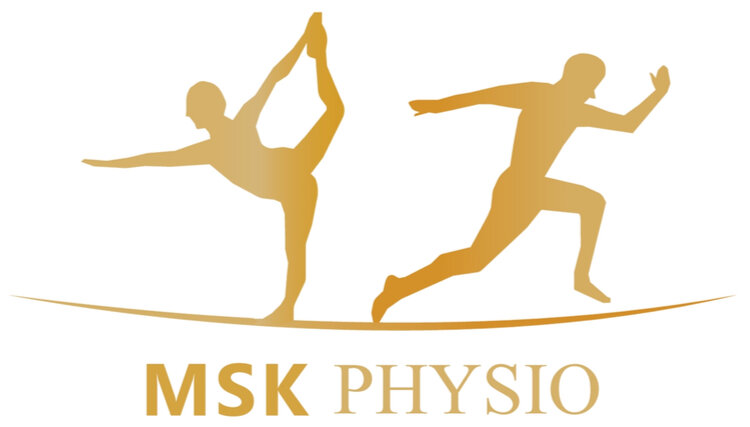Plantar Fasciitis - Overview & Physiotherapy
Overview
Plantar fasciitis is one of the most common causes of foot and heel pain in both males and females. This condition is caused when the thick band of tissue known as the plantar fascia becomes inflamed. The plantar fascia is situated at the bottom of the foot connecting the heel bone to the toes.
This common condition presents with sharp pain which can be felt at the beginning of the day when starting to walk. Usually the discomfort decreases as one starts to walk and become more active. However symptoms can increase towards the end of the day from prolonged standing or walking.
Plantar fasciitis is usually noted in long distance runners however other factors such as weight and uncomfortable footwear can also increase the risk of this condition.
Signs & Symptoms
Pain at the bottom of the foot
Pain worse in the morning
Discomfort increases towards the end of the day
Pain reduces with rest
Pain when weight-bearing
Pain after exercise or activity
Risk Factors
The exact causes of plantar fasciitis are not known however some risk factors (below) can increase the chances of developing this common condition.
Age & Gender - Plantar fasciitis is usually seen between the ages of 40 and 70 and more common in females than males.
Specific Exercises or Activity – Prolonged periods of standing or walking for example hiking. This condition is common with long distances runners and dancers.
Foot Types – Individuals with flat feet, a high arch or abnormal walking patterns.
Weight - Obesity or being overweight. Pregnant women may also present with this condition during the late stages of pregnancy.
Shoe Type - Wearing high heels often for prolonged periods of time. Wearing worn out shoes with thin insoles.
Diagnosis & Treatment
As plantar fasciitis is a common condition it can be often diagnosed with a hands on assessment and clinical questioning. Symptoms are usually easy to identify and if required imaging such as X-Ray, MRI or an Ultrasound can be used to rule out any other condition for example - bony spurs or fractures.
Treatments can include icing the painful area, wearing night splints to help stretch the calf and physiotherapy. Physiotherapy treatment and rehabilitation help relieve the pain in the short term by hands on techniques and these are followed by gentle strengthening and stretching exercises for the achilles, foot and ankle joint. Rest is also advised especially when the individual is standing or walking for prolonged periods of time. Wearing supportive/cushioned shoes or trainers can also help relive the stress on the plantar fascia as the arch will be supported and the pressure is distributed more evenly across the foot.



